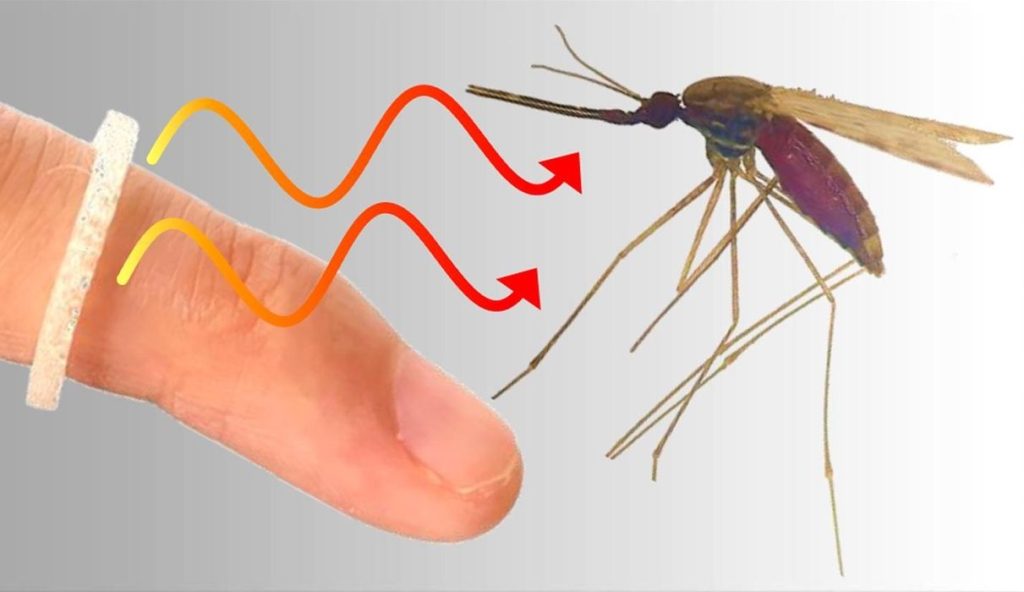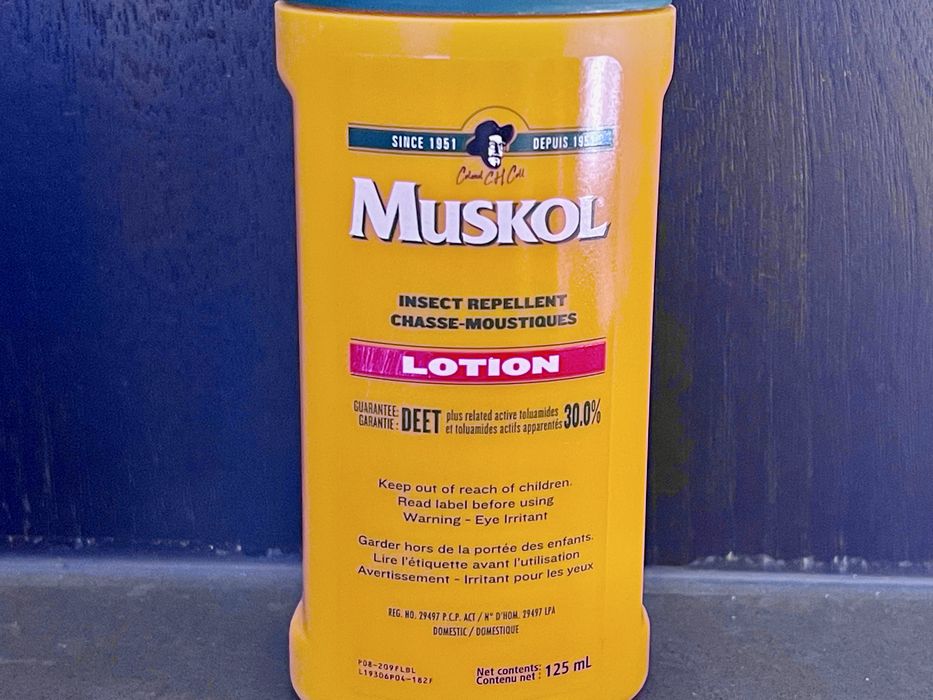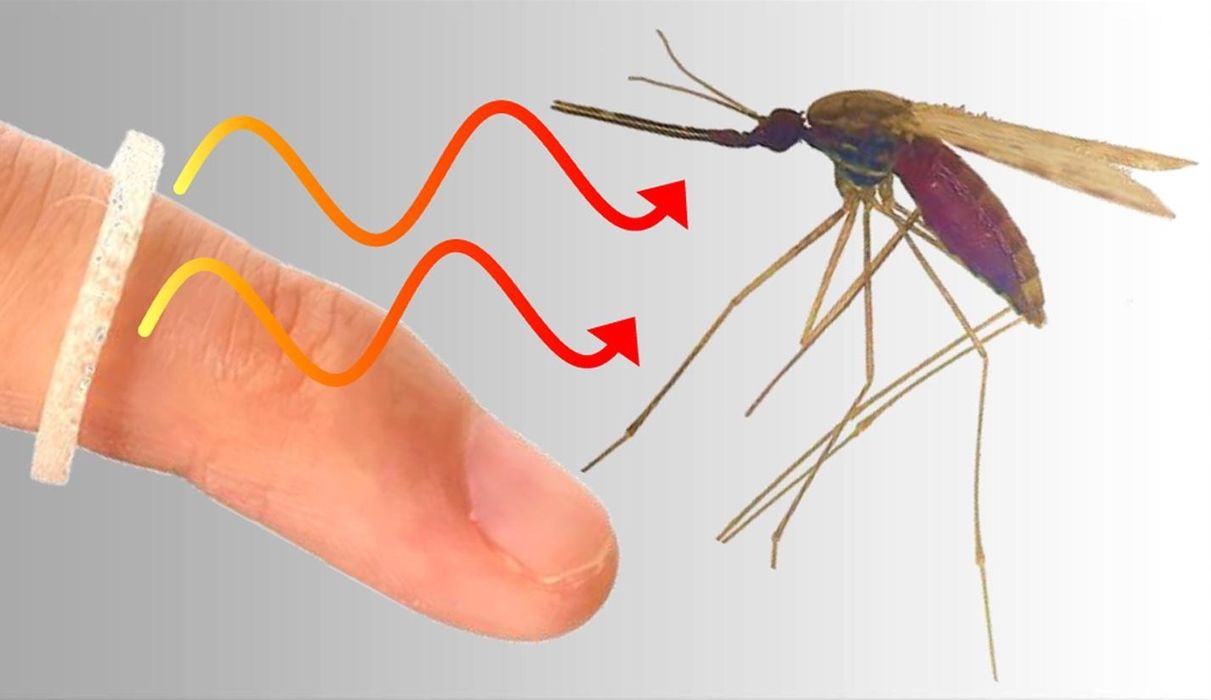
Scientists have developed a method of using 3D printing to deliver powerful mosquito repellent.
As someone from an area of the world that is occasionally subject to mosquito infestations, this is extremely good news. But how, exactly do you 3D print mosquito repellent?
In fact, you don’t. Here the researchers simply developed a unique delivery system for existing repellents that is far more effective.
Today’s commonly used mosquito repellents are typically made with “DEET”, or diethyltoluamide. It’s a horribly smelling fluid that can stain clothes and is apparently somewhat toxic. It does, however, keep the bugs far away.

Applying a DEET-based solution is as simple as spray one’s self from a can, or rubbing the foul DEET fluid on your skin and clothes. Unfortunately, the smell is bad, and it lingers for quite a while.
In order to make the DEET solution effective, you must use quite a bit of the stuff. The larger the application, the longer it persists. However, this means you’ve saturated the vicinity with foul odors.
The new research points in a different direction. Instead of using overwhelming amounts of insect repellent, a sophisticated delivery system meters it out at an appropriate rate.
The experiments used a repellent different than the vile DEET, IR3535, or ethyl butylacetylaminopropionate. Unlike DEET, this substance is odorless, colorless, and quite effective against bugs. I’m now wondering why I’ve been using DEET for so long.
They were able to mix a polymer and IR3535 together to form a composite that could be 3D printed. By creating a suitable geometry using 3D printing, sufficient surface area can be exposed to allow for consistent release of the embedded repellent to the surrounding air.
The researchers explain:
“The experiments showed that it is possible to print 3D-parts containing up to 25 m% repellent, with an only minor loss of repellent during the printing process.”
They found that the temperature affects release of the repellent:
“For all samples, regardless of the initial repellent concentration, the repellent-release rate increases with temperature, and at ambient temperature the release-time constant is in the order of 10 days.”
This is quite incredible. While I’m accustomed to insect repellents that last at best a few hours, here we have a solution that might last for days!
The result is a material that itself emits mosquito repellent. The researchers then found that they could 3D print wearable shapes that could effectively release repellent for the wearer over extended periods of time.
One example application is the ring at top, but I can also see this made into blocks that could be inserted into pockets of a jacket, for example. It may also be possible to 3D print custom-designed shapes that fit over one’s neck or other body parts to provide higher levels of protection against exposed skin.
Mosquito repellent is a 3D printable application I had never considered, but after seeing how this is done, it reinforces my belief that the applications of 3D print technology have few limits.
Via Science Direct

